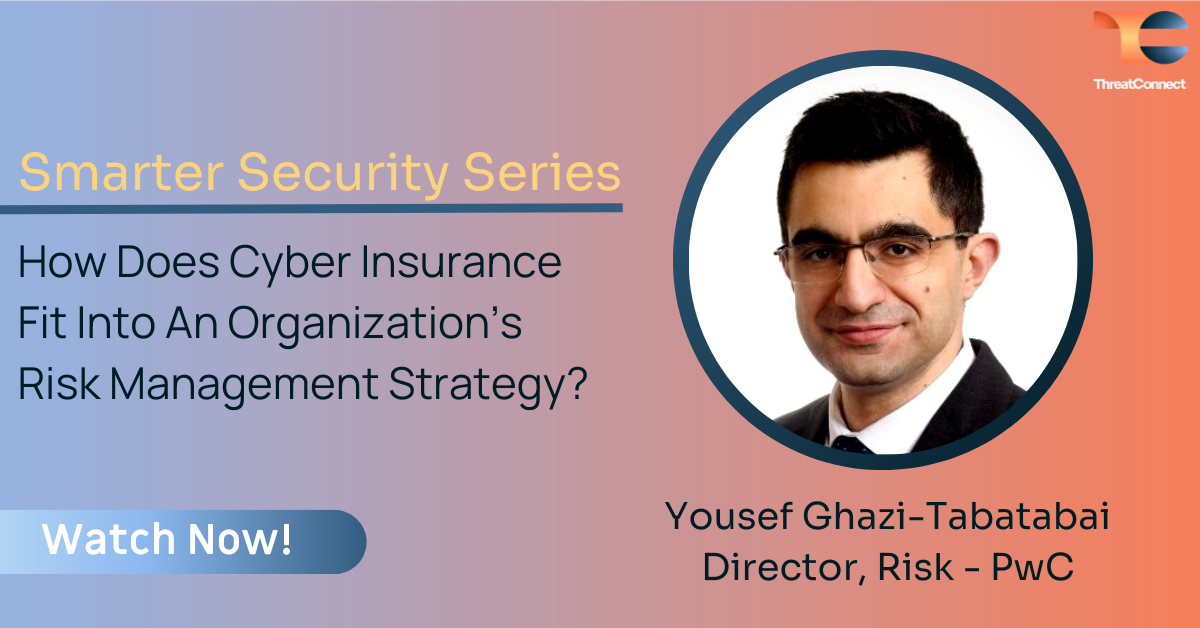Jerry Caponera, General Manager of Risk Products at ThreatConnect, is joined by Yousef Ghazi-Tabatabai, Director, Risk at PwC, to explore the transformation of cyber insurance. They offer intriguing perspectives on the meta-trends being observed within organizations. Cyber insurance, although increasingly essential, is often an afterthought by many organizations. Typically, insurance and security remain disconnected, with insurance lurking in the backdrop.
Yousef noted that companies often fail to view insurance coverage and security spending in a holistic manner. The recent uptick in insurance prices and decrease in coverage availability, however, is necessitating a rethink. Companies are now being faced with the reality of spending more on insurance or risking lower coverage, prompting them to reconsider their approach to security expenditure.
This situation brings to light an intriguing predicament: how should organizations more effectively allocate their budget? Should more funds be funneled into cyber insurance or towards bolstering their security measures? With insurance costs equating to total security spending in some instances, this question is more pertinent now than ever.
But it’s more complex than just budget distribution. Jerry draws an intriguing comparison between cyber insurance and life insurance. While everyone should ideally have it, making a claim against your cyber insurance policy hints at a losing battle.
To tackle these challenges head-on, Yousef highlighted the need for major changes. Significantly, he argued against attributing the problem solely to market failure or insurance market capacity problems, emphasizing the reality of increased overall risk with the rise of ransomware and large claims. While historically, insurance policies may not have focused on business interruption resulting from data theft, this is a pressing reality that cannot be ignored any longer.
A key suggestion from Yousef was for organizations to preemptively communicate their risk management strategies to insurers more effectively and foster stronger cyber defense structures. Organizations need to depict decisive steps taken towards decreasing not only their own risks but also those of the insurance company.
Yousef specifically spoke to the idea of integrating cyber risk quantification processes with cyber insurance policies. Collaboration and communication between insurers and insured parties are key to addressing these complex issues. The ultimate challenge lies in bridging the language divide between these groups and enabling them to trust and understand each other’s models and systems.
In summary, companies and insurers alike need to rethink their strategies for coping with the evolving landscape of cyber insurance. Holistic security and insurance planning, clear communication, and risk quantification are some of the promising solutions that could influence efficient insurance pricing in the future. As this dynamic unfolds, one must stay proactive and adaptable to navigate the changing climate of cyber insurance successfully.
